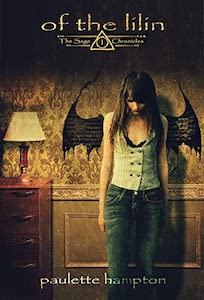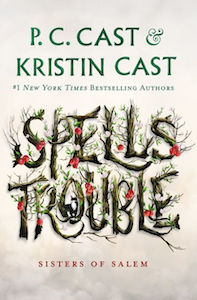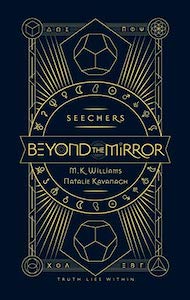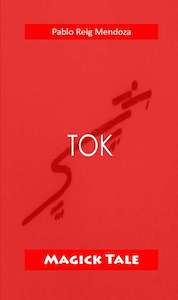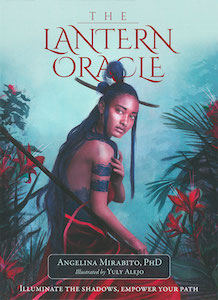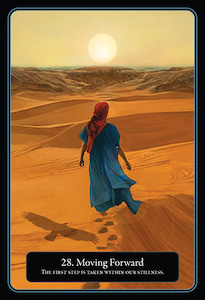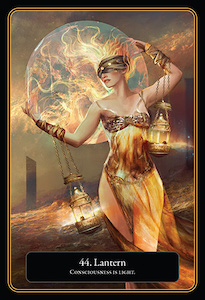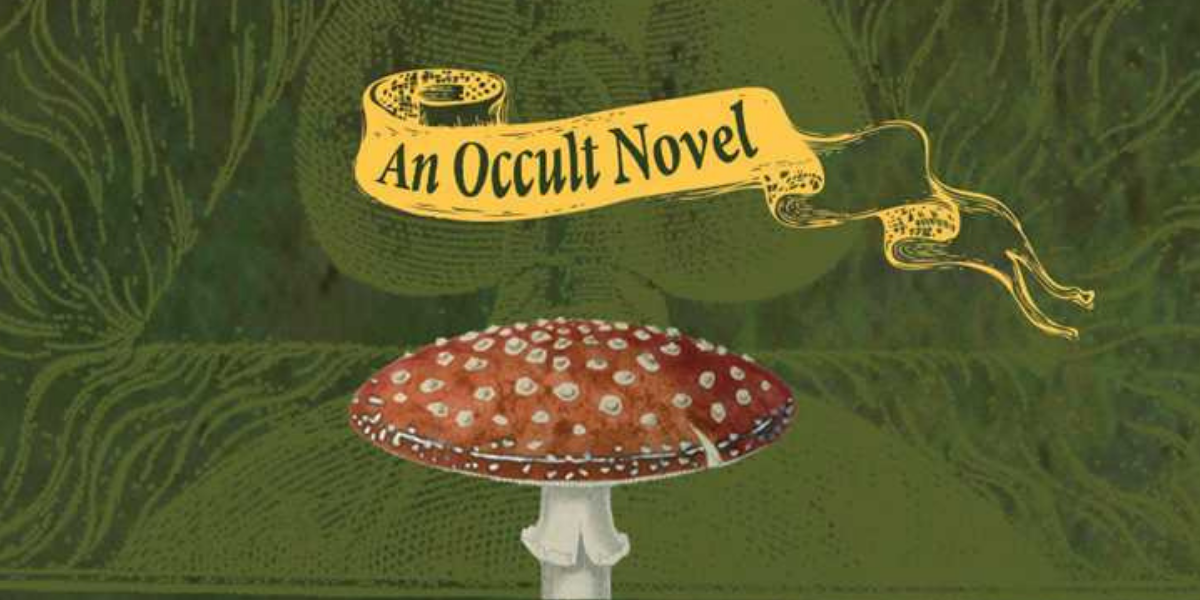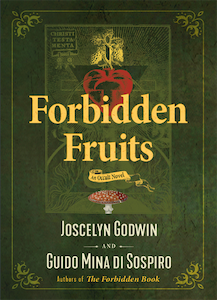
Practically Pagan – An Alternative Guide to Health & Well-being, by Irisanya Moon
Moon Books, 1789043778, 160 pages, December 2020
It’s hard to look after ourselves sometimes. Practically Pagan – An Alternative Guide to Health & Well-being by Irisanya Moon is a wonderful read to connect body, mind, and spirit for the sake of wellness based on one’s own unique body type and natural energy signature. This book is a delightful refresher compared to the traditional book on health, which neglect the spiritual aspects of well-being and also tend to focus exclusively on an ideal image or diet trend.
After a brief introduction, Moon guides the reader to connect with their body just as it is in the present moment. She writes encouragingly, stating “I invite you to trust your deepest knowing. I encourage you to believe that you can care for your body, mind, and spirit even if you’re not 100% sure what the next steps are.”1
This sentiment immediately set me at ease; it made me curious about this health journey and more receptive to what it might look like for me, rather than a one-size-fits-all approach usually promoted. Above all, trust in myself is what I hope to cultivate and I looked forward to immersing myself in the experience.
I began with a few of the exercises Moon suggested: letting go of old stories, feeling all the feelings, and making a soundtrack. I especially enjoyed creating a soundtrack because I learned more about my body’s relationship to rhythm and sound. Finding my groove was a fun way to move my body and get connected to it. Other practices Moon writes about include mapping one’s body, automatic writing, creating an altar, focusing on being present, and more. She offers details on how to incorporate these practices easily into one’s daily life.
The next three sections focus on the body, mind, and spirit, respectively. I liked going one by one, and starting with the body felt appropriate since it’s the most tangible aspect of my health. Moon got me thinking about what my body truly wants in terms of nourishment, movement, and general energy flow.
”When you have a clearer idea of your energy movements, you can begin to schedule things to follow these patterns. If you’re more in tune with your natural patterns, you are less likely to feel out of sync with your life.”2
This line really resonated with me, and I was spurred into a practice of charting my energy through the day. The result has been useful insight into the ebbs and flows of my energy; I also corresponded it with the moon as well and plan to see if there’s a cyclic nature to how my body feels according to the phases of the moon.
Then, while it wasn’t as fun as the body, I found the exercises to settle my mind the most useful section in the book. For someone whose mind is always on overload, often ruminating or stuck in a pattern (I’m a fixed air sign!), I really benefited from Moon’s suggestions on how to release old thoughts and cultivate stillness through meditation.
Finally, the spirit felt like coming home after tending to the other aspects of my well-being. I loved Moon’s gentle reminders to connect with my daily practice, follow the calling of spirit, and discover our divine.
The rest of the book felt like a myth-buster to common health beliefs, inviting a magical perspective to come through and guide the way. Topics include finding balance (or embracing that life will always be shifting but we can find ways to recalibrate), exploring self-care and how to do it in a way that feels right for you without comparison to others, and developing resilience for when we get off course. Moon delves into the effects of trauma on one’s well-being and offers suggestions on healing through practices that cultivate resilience.
The final section is filled with tools to maintain one’s energy and strategies to set up support systems in order to maintain health and wellness. I appreciated Moon acknowledging the role of supportive friends and family in one’s life, as well as the value of self-support. I found myself thinking about how I can cultivate both in my life to maintain personal wellness.
My greatest take away from this book was Moon’s energetic practice of feeling right sized. Throughout my life, at nearly 6’0 feet tall, I’ve always felt like too much. Since childhood, I’ve always required large or extra large clothes, and I believe to compensate, I learned to shrink my aura as though I could energetically make myself seem more petite.
Doing the Knowing Your Size practice3 made me feel more comfortable in both my body and energy field. As Moon writes, “Sometimes, you might feel bigger or smaller than your normal self. But in this practice, you can also get better at moving between states of being.”4 I’m continuing to work on this and have been going back to the practice often.
Overall, Practically Pagan – An Alternative Guide to Health and Well-being has been a wonderful tool for reconnecting with my wellness. Moon is very grounded in her approach to this topic and much of her guidance can easily be incorporated into one’s daily practice. I recommend this book for those who are seeking a read about integrating body, mind, and spirit to discover their natural energy rhythm and definition of health. There’s even helpful resources and worksheets at the end of the book, which offer space to write one’s reflections on this journey.
Alanna Kali is an astrologer, numerologist, and pioneer spirit that loves to explore life through the lens of depth psychology. She has a passion for studying the humanities and social trends. Her academic work is centered upon reuniting body, mind, and spirit through eco-psychology. She loves reading, spending time in nature, and travel.


